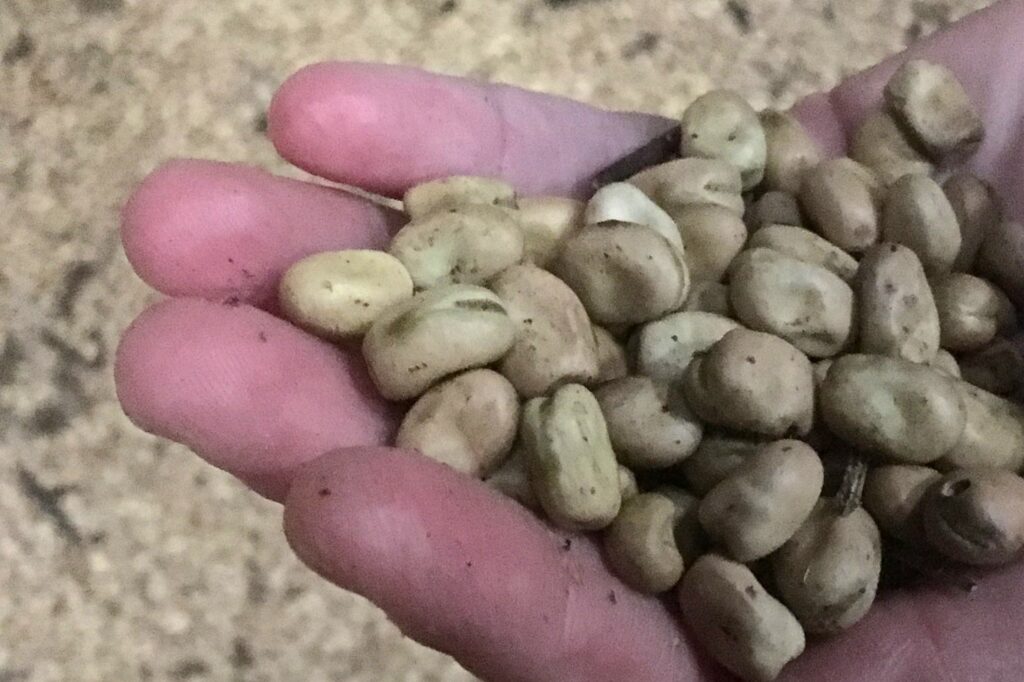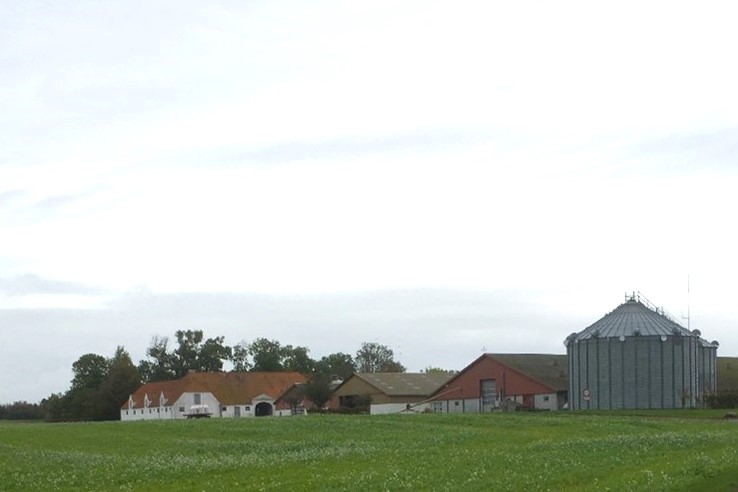

Driven by agrochemicals, government policies, and market forces grain legumes are overlooked in cereal dominated landscapes.
Legumes offer substantial advantages, particularly by fixing atmospheric nitrogen, reducing the need for synthetic fertilizers, and lowering N2O emissions compared to crops like wheat, barley, and rapeseed. Research shows that legume-based cropping systems emit five to seven times less greenhouse gases per unit area compared to cereal-based systems. Rich in protein, legumes are also crucial for the transition to more plant-based diets. Their nutritional and functional properties hold promise for use in processed foods, pharmaceuticals, and chemistry. Despite these benefits, legumes remain underutilized and are not widely cultivated on a large scale in Denmark, Europe, or globally.
We investigate potentials and effects of increasing legume growing as part of low emission, multifunctional and biodiverse agricultural landscapes. To acheive this we combine modelling of growing conditions and landscape factors with research on land system change and transition pathways and research on farming communities and cultures, uptake practices and decision parameters.
Researchers:
Image credits: The authors. In cooperation with LegValue and Legendary project partners
0 0
